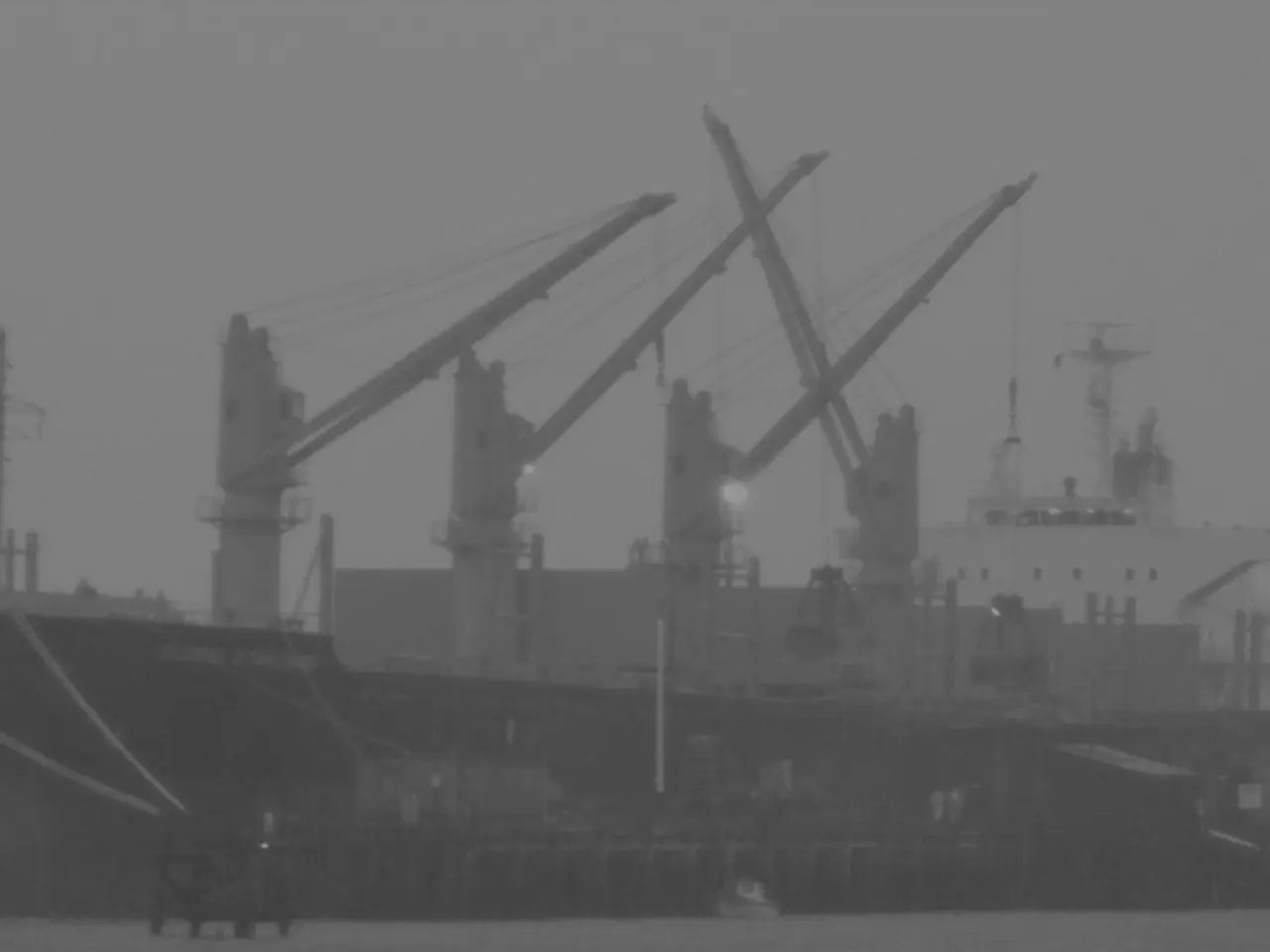Expanded Development Trajectory for Maritime Surveillance Industry, Reaching a Valuation of 42.7 Billion
The global maritime surveillance market is experiencing significant expansion, driving a surge in job opportunities across development, maintenance, and data analytics sectors. This growth is primarily due to technological advancements and rising market demand, transforming the maritime industry and contributing to the global economy.
In the development sector, the demand for engineers and developers specializing in AI integration, satellite communications, autonomous underwater vehicles (AUVs), and drones is on the rise. Companies are investing heavily in research and development (R&D) for innovative search and rescue (SAR) solutions and autonomous navigation systems, necessitating a growing need for software developers, systems engineers, and AI specialists to design and implement these cutting-edge technologies.
The maintenance sector is also witnessing growth as sophisticated maritime equipment and AI-driven systems become more prevalent. Skilled technicians are required to maintain autonomous vessels, communication hardware, and AI systems, with a focus on emerging maritime technologies and digital systems.
The data analytics sector is another area experiencing job growth. The maritime information market is projected to grow at an 8.5% compound annual growth rate (CAGR) through 2034, fueled by increasing digitization, real-time vessel tracking, satellite data, weather information, and cargo analytics. This growth creates significant opportunities for data scientists, analysts, and maritime intelligence experts to work on big data, predictive analytics, and decision-support systems that enhance maritime safety, regulatory compliance, and operational efficiency.
Advancements in AI, big data, Internet of Things (IoT), and autonomous technologies are at the heart of this transformation, encouraging businesses to invest in workforce upskilling and R&D. This translates into rising employment across tech-driven roles in development, maintenance, and data analytics within the maritime surveillance ecosystem.
The growth of the maritime surveillance market is also contributing to the global economy by improving maritime security and operational efficiency in key industries. Europe's demand for integrated surveillance solutions is increasing, focusing on shipping and border patrol activities, while the U.S. Navy's modernization efforts, private sector investments, and advanced technology adoption in maritime security contribute to North America's dominance in the market.
Companies in industries like shipping, fishing, and oil & gas are increasingly investing in advanced surveillance technologies to ensure safe operations and secure trade routes. Europe and Asia-Pacific are expected to experience significant growth in the maritime surveillance market, with Asia-Pacific growing rapidly due to increased maritime activities in countries like China, India, and Japan.
The global maritime surveillance market is projected to grow from USD 21.9 billion in 2023 to USD 42.7 billion by 2033, with a CAGR of 6.90%. Key players in the market include Thales Group, RTX Corporation, Northrop Grumman Corporation, Leonardo S.p.A., Indra Sistemas S.A., Saab AB, BAE Systems Plc, Elbit Systems Ltd., Kongsberg Defence & Aerospace, and L3Harris Technologies, Inc.
In conclusion, the expanding maritime surveillance market is a key driver of new, high-tech job opportunities across multiple sectors, aligned with the digital transformation and modernization of the global maritime industry. This growth is expected to continue, presenting opportunities for businesses to innovate in AI-powered monitoring, satellite surveillance, and drone technologies, driving the market's future growth.
- The increasing demand for advanced maritime surveillance technologies has led to businesses investing in AI-powered monitoring, creating job opportunities for AI specialists in the development sector.
- The growing emphasis on equity investments in innovative maritime solutions has also extended to the finance sector, as companies seek to capitalize on the growth in industries such as shipping, fishing, and oil & gas.
- The rapid expansion of the maritime surveillance market is not only reshaping business landscapes but also transforming the real-estate sector, as there is a rising need for data centers and cloud computing infrastructure to store and process massive amounts of satellite and vessel data.




